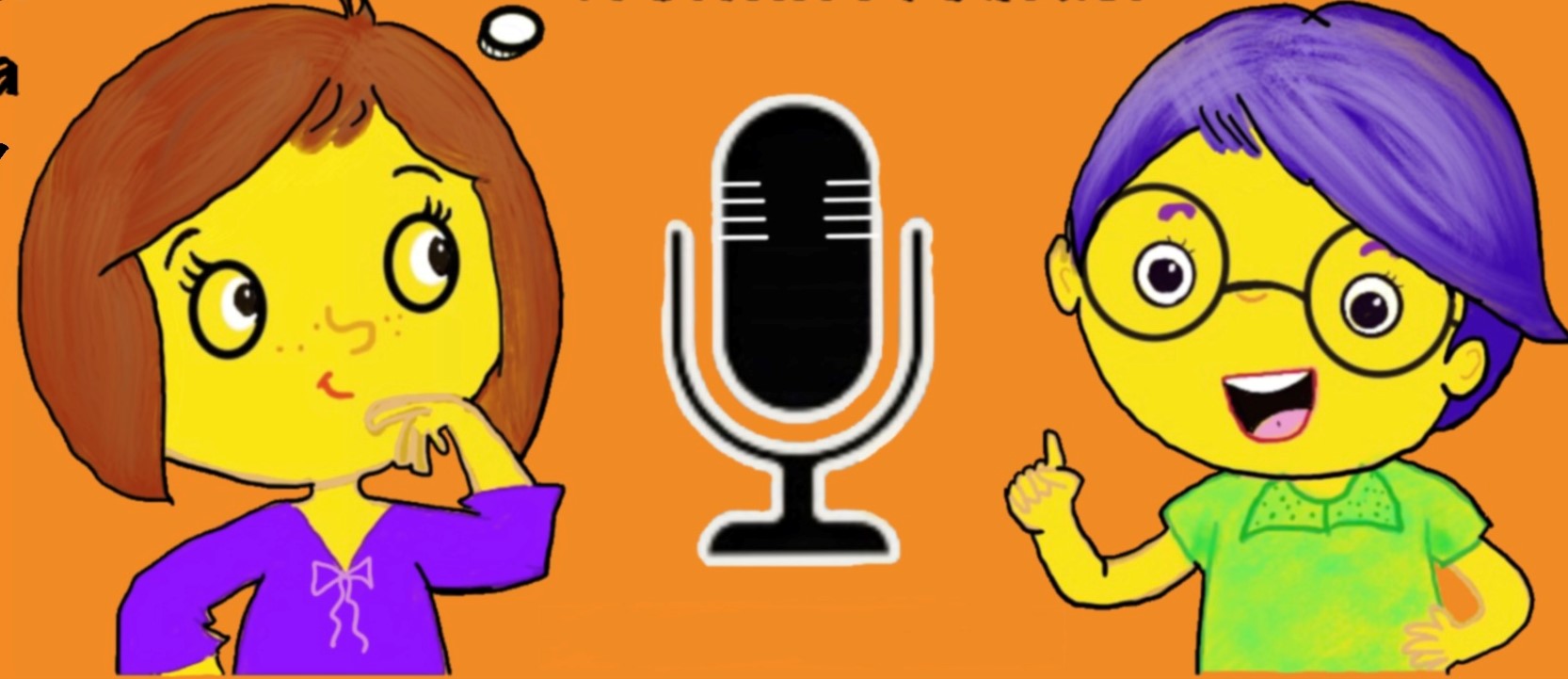2023-07-25 by Bakul Piplani
IndiaAsksWhy Meets Samay Pande

It’s the monsoon season in India – the season of rains, mud, puddles and clean air! And who doesn’t love the pleasant earthy aroma that arises when raindrops hit the soil! Did you know that this earthy smell is called petrichor? If you’ve ever wondered about the origins of this aroma, you’re not alone. In this episode of IndiaAsksWhy, Utsuka and Jigyasa dig into the chemistry and biology behind petrichor. Scientists have found that petrichor is actually the smell of chemical molecules that are present in soil and dispersed into the air when rain falls. One of these chemicals, called geosmin, is a secondary metabolite produced by soil-dwelling bacteria called Streptomyces.
To know more about geosmin and other fascinating chemical molecules produced by bacteria, Utsuka and Jigyasa speak with Dr. Samay Pande, a scientist who studies bacterial ecology and evolution at the Indian Institute of Science (IISc), Bangalore. Dr. Pande explains that bacterial cells are like tiny chemical factories that make many different types of chemical compounds which serve various different purposes. Some of these compounds, called secondary metabolites, are not directly involved in growth and development but required for functions such as communicating with other bacterial cells of their kind and warding off other kinds of competing or harmful bacteria. Therefore, these chemicals help bacteria build social interactions.
Dr. Pande’s lab is interested in the evolution of social interactions amongst organisms and study these interactions in bacteria at the experimental level. They focus on the ‘why?’ and ‘how?’ questions that help them understand the origins of these interactions and the mechanisms behind them. Dr. Pande explains that most social interactions amongst different living organisms begin as byproducts of their normal life processes, and later evolve into mutually beneficial relationships. Do you know what got Dr. Samay Pande so interested in bacterial social relationships? Dr. Pande shares that he was fascinated by social interactions amongst organisms. He wished to understand why one organism would spend its resources and energy to help another instead of investing all of it towards its own evolution and survival. Since bacteria are easier to grow in the lab within short periods of time, they serve as convenient model organisms to study evolution. So, Dr. Pande began exploring the evolution of social interactions in bacteria!
Curious to know how scientists like Dr. Pande study social evolution in the lab? Dr. Pande’s lab uses the tools of genetics to study the roles of bacterial genes in social evolution. They knock-out or remove a gene from the bacterial cell and then look for changes in secondary metabolite production and in interactions with other bacteria. But how do they decide which gene to knock-out? Well, they first find the genes required to make a secondary metabolite. For this, they look for available information about the genes of the organism, use computer programs to predict the genes required to make the metabolite, or use a randomized approach to find out the requisite genes by knocking them out one at a time. How exciting!
I’m sure you must be feeling inspired by Dr. Samay Pande! So, Utsuka and Jigyasa asked him to leave a message for our listeners. Dr. Pande emphasizes that the most important aspect of being a scientist is to be curious about topics of interest, to ask questions and try to find the answers to satiate your curiosity! For budding scientists looking to forge a research career, Dr. Pande has a special message. He says that all that is needed is some patience and in-depth reading on the topics of interest. Follow the cues from the available information and who knows you may soon be answering some big scientific questions!
So, stay curious, keep reading and keep listening to Utsuka and Jigyasa as they chat with Dr. Samay Pande about his exciting research with bacteria!
References:
- Petrichor: why does rain smell so good? Mary Halton, BBC News (27th July 2018) https://www.bbc.com/news/science-environment-44904298
- What Makes Rain Smell So Good? Joseph Stromberg, Smithsonian Magazine (2nd April 2013) https://www.smithsonianmag.com/science-nature/what-makes-rain-smell-so-good-13806085/
- Why Does Rain Smell Good? Elizabeth Peterson, Live Science (1st July 2022) https://www.livescience.com/37648-good-smells-rain-petrichor.html
- Science blog, IndiaAsksWhy (https://www.indiaaskswhy.org/blog/2023-07-18-why-does-rain-smell-good/)
- Samay Pande, Department of Microbiology and Cellular Biology, IISc Bangalore https://mcbl.iisc.ac.in/samay-pande/ The Bacterial Ecology and Evolution Lab https://www.redqueenlab.com/
